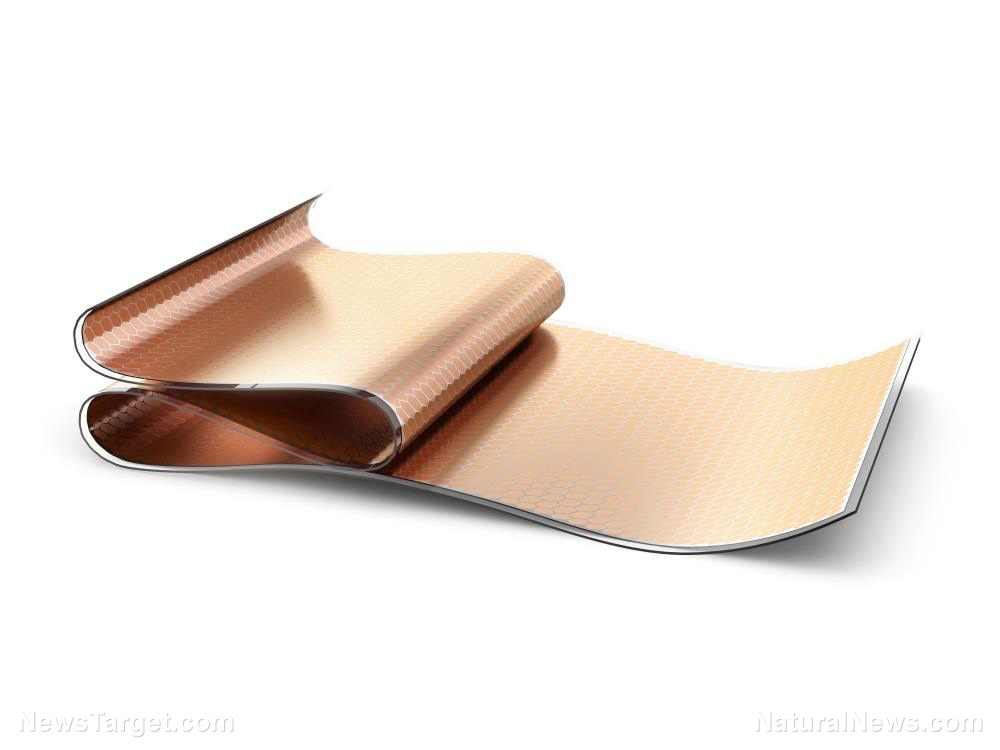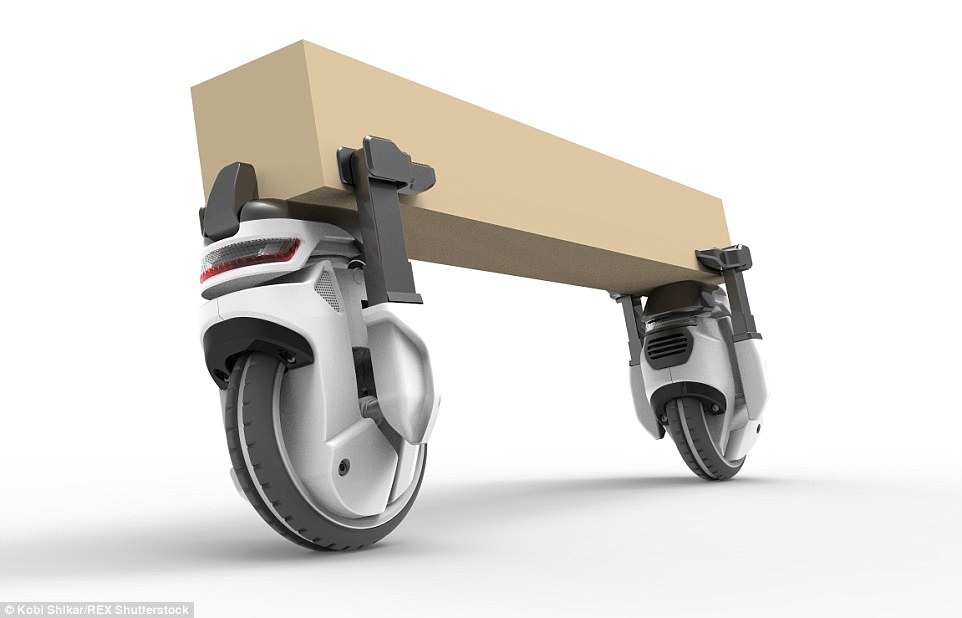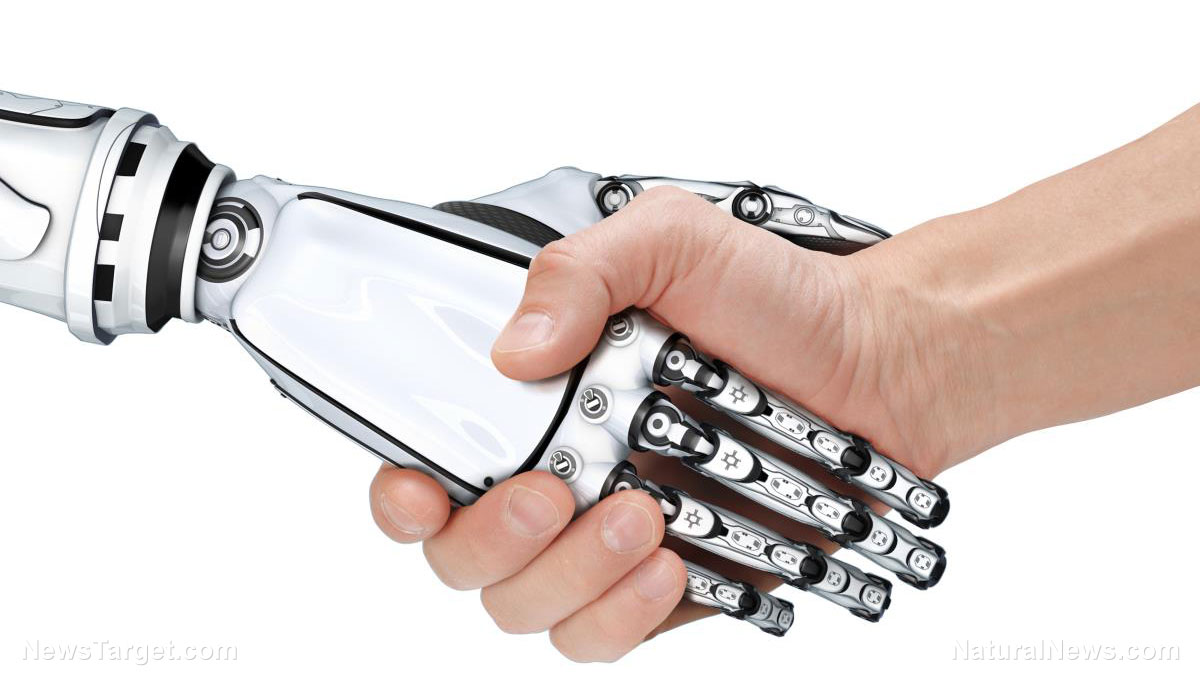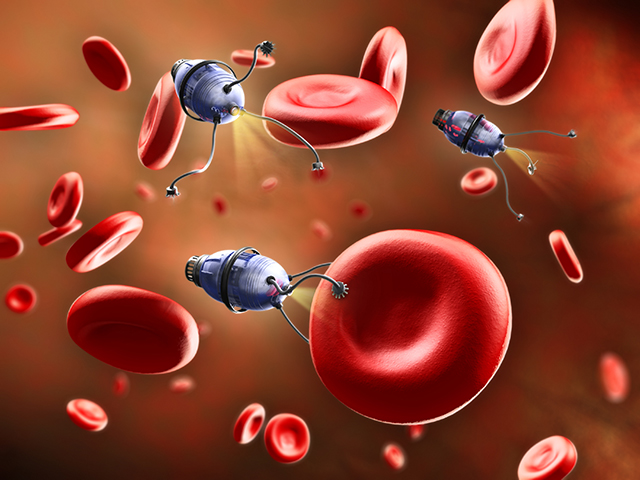New robot arms are “as flexible as an elephant’s trunk”
07/27/2019 / By Edsel Cook

In Germany, researchers wove together shape-memory wires to create artificial muscles for a new class of robotic arms. The limbs displayed levels of flexibility and strength that mimicked the versatile trunk of an elephant.
The soft robotic arms run on electricity instead of bulky hydraulic or pneumatic systems. The shape-memory alloy pulls double-duty as the sensors of the limb, making them simpler to build and cheaper to operate.
Devised by a research team at the University of Saarland, the shape-memory technology might see future use in industrial robots and tiny endoscopes.
The German researchers explained that the limbs of humans and robots share drawbacks. Conventional joints not only take up space and weight, but they also connect rigid parts. The joints restrict the movement of the limbs.
Saarland researcher Stefan Seelecke investigated flexible systems like elephant trunks and octopus tentacles. These organic limbs have numerous muscles that let them go to any direction, bend at precise angles, and seize objects with significant strength.
Guided by these natural examples, Seelecke’s team came up with new designs that dispensed with joints, frameworks, and rigid skeletons. Their robotic arms weigh very little and have high suppleness.
Instead of a robot arm, German researchers made an artificial tentacle
The Saarland researchers worked on artificial tentacles with precision controls. They also tested extra modules like a gripper and a pushing tip that changed its stiffness to apply more force.
The slender system might serve as guide wires in heart surgery or as endoscopes for medical examinations. It might also get scaled up to create the robotic equivalent of an elephant’s trunk for grabbing and lifting large, heavy loads.
The researchers used nickel-titanium wires in the artificial muscles. When an electric current flowed through the wires, they grew shorter. Once the electricity was cut off, they returned to their normal length.
“Nickel-titanium is what is known as a shape memory alloy, which means that it is able to return to its original shape after being deformed,” explained Seelecke. “If an electric current flows through a nitinol wire, the material heats up, causing it to adopt a different crystal structure with the result that the wire becomes shorter.”
His team bundled together the wires to serve as artificial muscle fibers. The large surface area conducted heat and sped up the contraction.
Seelecke claimed the wires packed the highest amount of energy and applied considerable tensile force over small spaces.
Shape-memory alloy provides muscle power and sensory data for new robotic arm
The Saarland researchers connected the wire bundles to form flexor and extensor muscles. The combination allowed the robot arm to move in a smoothly flowing manner.
“The tentacles that could be used in the future as medical catheters or in endoscopic procedures have diameters of only around 300 to 400 micrometres,” said Saarland researcher Paul Motzki. “Previous systems used for catheter procedures were significantly larger and this tended to limit their capabilities.”
The precision movement of the robotic arm made it possible to perform both delicate and heavy-duty jobs. The researchers developed a computer model of the needed movement pattern for programming.
Furthermore, Motzki explained that the nickel-titanium alloy gathered sensory data in the form of electrical resistance. It provided the position and direction of the wires to the controller unit. The multi-functionality of the shape-memory alloy eliminated the need for a separate suite of sensors.
The Saarland-developed robotic arm only needed an electric current to activate its muscles. Since it didn’t use an electric motor or pressurized fluid, it was lighter, cheaper, more versatile, and much quieter than conventional systems.
Sources include:
Tagged Under: artificial arm, artificial muscles, artificial tentacle, breakthrough, elephant trunk, flexible technology, goodtech, innovation, inventions, New Science, nickel-titanium, octopus tentacle, robotic arm, robotic tentacle, robotics, robots, shape memory alloys
RECENT NEWS & ARTICLES
COPYRIGHT © 2017 ROBOTS NEWS


















